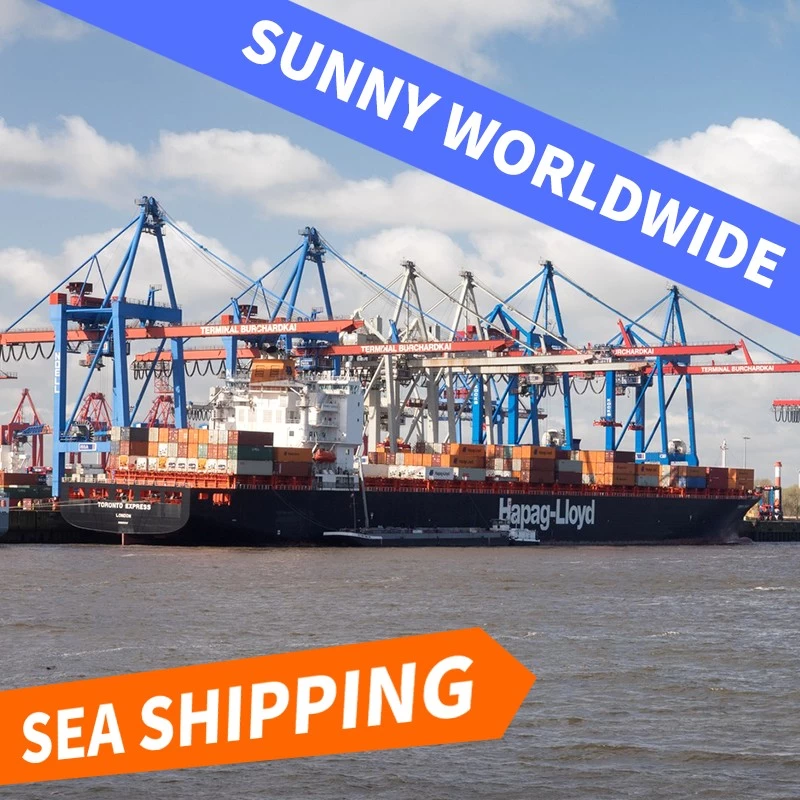Stocking at all costs, sky-high shipping costs have not dissuaded American retailers

Undeterred by high shipping costs ahead of the holiday shopping season, U.S. retailers are trying to get goods back to the United States early. American businesses, it seems, are willing to do whatever it takes to avoid a holiday shortage. In terms of freight rates, U.S. retailers are currently paying 200% more for shipping than they were in November 2023.
Simon Heaney, senior container shipping manager at Delury, told the Financial Times that bringing forward stock made sense on an individual level, but groups could overwhelm container lines and create a vicious circle in which extra demand leads to heavy port congestion and higher freight rates.
According to the Financial Times, large shippers such as Walmart and Target sign multi-year contracts with carriers at prices below spot rates, but smaller importers and shippers are not equally affected by fluctuations in the freight market and end up having to pay higher prices in order to receive their goods early.
It is clear that global supply chains are under enormous pressure. The Red Sea crisis has forced ships south of the Cape of Good Hope in Africa, increasing sailing distances, reducing the predictability of the global logistics chain, and increasing port congestion from Asia to the East coast of the United States. And it all seems to be down to retailers' fears of empty shelves, especially during the holiday season. They are trying to cope with possible delays by buying in bulk, as they expect consumer demand to outstrip rising shipping costs. Despite the current market conditions, optimism about consumer spending has prompted businesses to bring forward purchases of goods.
It's worth keeping an eye on that the East Coast is currently facing logistical challenges that could create headaches for U.S. retailers. Conflict is brewing between port workers and their employers. The American Port Workers Union (ILA), which represents longshoremen at U.S. ports, has broken off a negotiation with employers. This will undoubtedly exacerbate supply chain disruption.
Ali Ashraf, president of C.H. Robinson's Marine business, said Tuesday that the U.S. West Coast is currently adding capacity to ease the shortage. However, he said, the situation on the East Coast of the United States does not appear to be so easy to improve.
At the same time, there is no indication that the cost of acquiring space will get any cheaper. In May, freight rates from China to northern Europe more than tripled, while those from China to the East Coast of the United States more than doubled. Ali Ashraf said freight rates have continued to rise this month, and shipping companies are now offering premium services to ensure priority lock-in.
This week, spot rates leveled off, giving shippers some breathing space. However, Mr Drury warned that flat rates this week may not mean they are about to fall.
With the arrival of the peak season in the third quarter, spot freight rates on major east-west routes remained stable.
The Delury World Container Index (WCI) Shanghai-Rotterdam port freight rate was flat this week at $8,048 /FEU, while Xeneta's XSI Short-term index showed a 2% increase on the route to close at $8,047 per 40 feet.
On the Mediterranean route, the WCI Shanghai-Genoa route rose 1% to close at $7,614 /FEU, confirming another recent trend - prices from Asia to Northern Europe have surpassed those on the Mediterranean route. In fact, before the recent quarter and the Red Sea crisis, the Mediterranean route was generally the more expensive of the two routes.
The story is similar on the Asia-North America route. WCI's Shanghai-Los Angeles weekly growth rate was just 1%, reaching $7,512 /FEU.
The XSI Trans-Pacific route saw weekly growth of 3% to $9,902 per 40 feet. The WCI Shanghai-New York route rose 3% to close at $9,387 /FEU.
"Freight rates will remain high until the end of the peak season," the consultancy said.
There was no change in rates on transatlantic routes, which have been flat for weeks. XSI Transatlantic routes rose 0.5% to $1,799 per 40 feet, while WCI Rotterdam-New York routes fell 1% to $1,955 /FEU

Sunny has already signed contracts with three major international shipping companies, perfectly reflecting its credit, service capabilities and business saturation.Serving as vice chairman of 13 freight forwarder associations, Sunny Worldwide Logistics has strong collaborative capabilities in international logistics, which few freight forwarder can achieve.It has standardized warehouses with signage at the shenzhen seaport, fully demonstrating Sunny Worldwide Logistics’s strength and position in the international logistics industry.